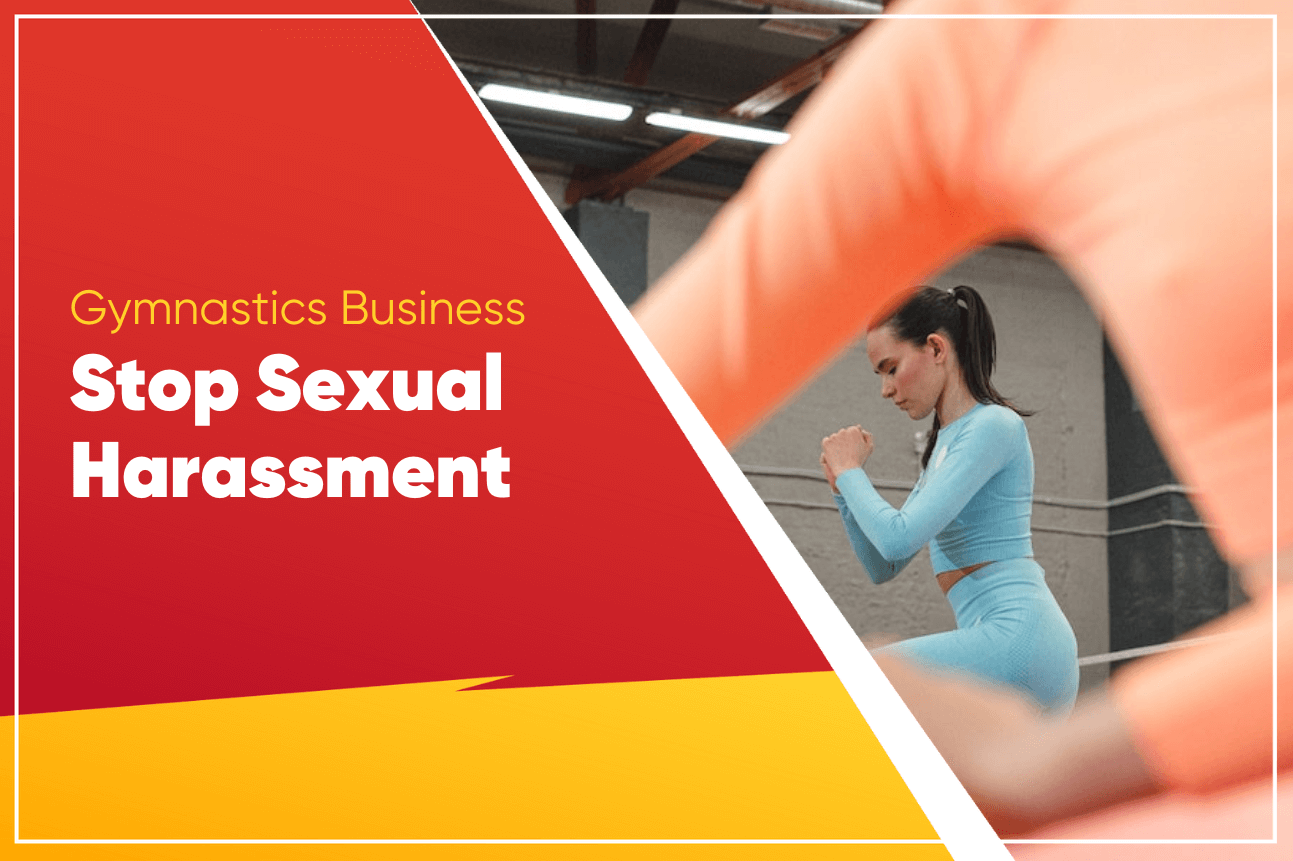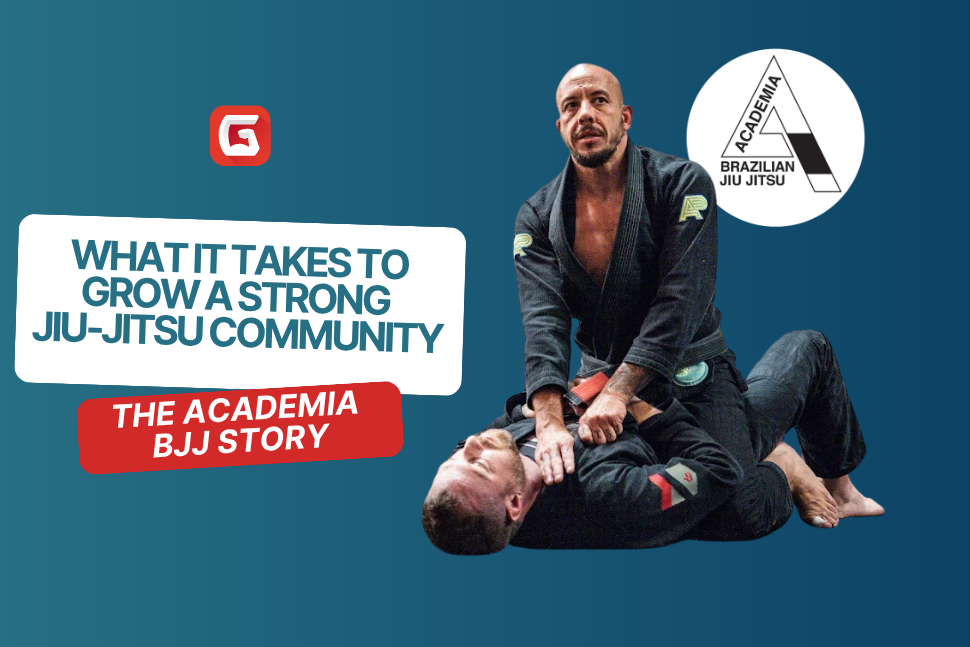Gymnastics studios are a place for athletes of all ages to build their skills and practice the sport that they love. Regardless of modality, sports and fitness centers are a place where people go to move freely while feeling safe and comfortable. Most gymnasts choose to wear leotards or form-fitted clothing, which can bring increased attention to their bodies.
How do you prevent sexual harassment in your gymnastics program? The best way to prevent sexual harassment in your program is to remain diligent and aware of everything going on. Coaches should be properly trained in how to interact with students, how to identify harassment, and how to handle any potential harassment situations.
Sexual harassment is an uncomfortable topic to discuss, especially in the workplace. Nonetheless, it is important to provide training and have discussions to help your staff feel empowered. Your entire team is responsible for keeping your program as a safe space. The more that sexual harassment is discussed, the stigma can be reduced for victims and those who are working to prevent harassment.
Kinds of Sexual Harassment
There are three kinds of sexual harassment: verbal, non-verbal, and physical. Some acts may seem more “innocent” than others, but all of these inappropriate behaviors are defined as sexual harassment.
Verbal harassment comes in the form of inappropriate and/or unwanted communication. Sexual jokes, comments about someone’s body, speaking in a sexual tone, and expressing sexual interest in someone are all examples of verbal sexual harassment. Remember that a comment does not have to be explicitly sexual to be inappropriate.
Non-verbal harassment includes any inappropriate behaviors that are not physical or verbal in nature. Writing sexually explicit notes or inappropriate texts/emails are included. Other examples of non-verbal sexual harassment include staring, winking, sharing sexually explicit videos or photos, and blocking doorways. Most gymnasts wear form-fitting clothing so it doesn’t get in the way of their movements. Unfortunately, this can lead to unwanted looks and staring from other students, staff, or visitors.
Physical harassment is any form of unwanted physical contact. Typically these behaviors are less severe than sexual assault. Examples include unwanted hugs and touching any body part without permission. If your gymnastics program works with children, this can be the hardest type of sexual harassment to detect. Young children often trust that their coach is helping them learn when they are using their hands to fix posture or support a movement.
Ways to Prevent Sexual Harassment in Your Gymnastics Program
You need to take a proactive approach to prevent sexual harassment in your gymnastics program. Most likely, a majority of your students are children and may not fully understand harassment themselves. That is why it is so important for you and your staff to be aware of potential harassment situations and be able to prevent and/or stop them.
Training and Education
Again, talking about sexual harassment, especially when children are involved, is uncomfortable. It doesn’t matter. You and your team need to take the time to go through proper training. There are several online programs for businesses or you may be able to find a local instructor to work with your staff.
Your training should include three parts: appropriate staff conduct (especially for coaches working directly with children and athletes), appropriate conduct between students, and how to identify sexual harassment situations.
When new employees start, their training should include how to interact with students. Since gymnastics is a physical sport, there are going to be a lot of discussions about body parts and movements. Make sure your staff and coaches know how to remain professional when talking to a student about their body. Additionally, it is always good to implement an “ask first” policy for coaches. This means that they will ask the student if they can use their hands to help position their body or spot a movement.
For students, especially children, make sure they know what is and isn’t appropriate when interacting with other students. This includes age-appropriate discussions between coaches and students. Furthermore, parents should also be aware of the expectations for their child’s behavior during gymnastics classes.
Sometimes, sexual harassment can be hard to identify, like cases involving non-verbal harassment. A victim may not feel comfortable coming forward to report any instances of harassment. With proper training, your staff will be better equipped to identify, prevent, and/or stop any sexual harassment situations.
Have Everything in Writing
All education and training documents about sexual harassment should be kept in an accessible location for your staff members. It can also be helpful to have them sign a contract agreeing to the conduct expected of them. This leaves no gray area; everyone is aware of the expectations.
For students and parents, include conduct guidelines when they sign up with your gymnastics program. This can include more than just sexual harassment, but appropriate conduct between students and between students and coaches should be defined. Have the student and/or guardian sign a copy of behavior expectations and give them a copy to keep.
Create a Safe Space
This may seem like an obvious suggestion. Of course, you want your gym to be a safe and welcoming place where students can enjoy their sport. Sometimes we get relaxed in our protocols and inadvertently open the door for harassment.
Practice What You Preach
As the owner or manager of your gymnastics program, your staff and students will look to you as a model of good behavior. Not only do you need to hold yourself to the highest standard of conduct, but you must expect the same of your staff and students. If uncomfortable conversations need to happen, have them. If you need to fire a staff member or a student because of misconduct, do it. By following through with your training and policies, you are showing your entire gymnastics program that you are serious about keeping everyone safe from sexual harassment.
Parent Seating
Most gymnastics programs are geared towards children or at least offer children’s classes. One way to make everyone feel comfortable is to have a seating area where parents can wait and watch during their child’s classes.
One caveat to this is that only registered parents or guardians are allowed. Friends and extra people watching classes can make the children and other parents uncomfortable.
Accountability Measures
Even with training and gym policies, there needs to be follow-through to truly create a safe gymnastics program.
Anonymous Reporting
Whether it is an online form, a phone line, or another form of communication, your gym should have a way for anonymous victims to report any issues. This reporting system does not need to be in place just for sexual harassment, it can be used for any concerns, questions, or complaints within the program.
Oftentimes, a victim of sexual harassment is afraid to come forward with their story. They may feel shame or fear repercussions from their harasser. Having the opportunity to report harassment anonymously may make a victim more likely to come forward with their experience.
Security Cameras
One of the best ways to dissuade people from inappropriate behavior in any situation is to let them know that they are being recorded. Having security cameras on the gym floor, in the parent seating area, and in the hallways of your facility can help capture any potential harassment situations.
How to Handle a Sexual Harassment Situation
If you are forced to handle the unfortunate situation of sexual harassment within your gymnastics program, you’ll want to have a plan already in place. Part of your team’s training should include what to do if harassment is reported.
Follow Protocols
Follow your program’s established protocols for handling sexual harassment allegations. If the allegations are against a staff member, they should be immediately suspended or removed from active coaching. Depending on the situation or allegations, your protocols may include notifying your students and student guardians.
Support the Victim
In this difficult time, make sure that you are supporting the victim in whatever way you can. They may want to cancel or pause their classes. They may want to switch to a different class time or move to private sessions. Do everything you can to let them know that your program does not condone sexual harassment and help them feel as comfortable as possible if they choose to continue with your program.
Report to the Authorities
While it is up to the victim to choose to press charges (if warranted), persistent or aggressive sexual harassment should be reported to the authorities. Some victims even want minor harassment situations (unwanted compliments, sexual compliments, etc.) to be reported so there is documentation. When in doubt, it is always better to include law enforcement.
Final Thoughts
Gymnastics programs should be safe spaces for students, especially children, to have fun and practice their skills. By training your staff and educating your students, you can help prevent sexual harassment in your gymnastics program. Hold everyone accountable and maintain written policies. Finally, if a sexual harassment situation is reported, support the victim and involve authorities if needed.
 Gym Owner Statistics: The State of Gyms, Member Trends, and Usage Data
Gym Owner Statistics: The State of Gyms, Member Trends, and Usage Data




 EN (English)
EN (English)
 JA (日本語)
JA (日本語)